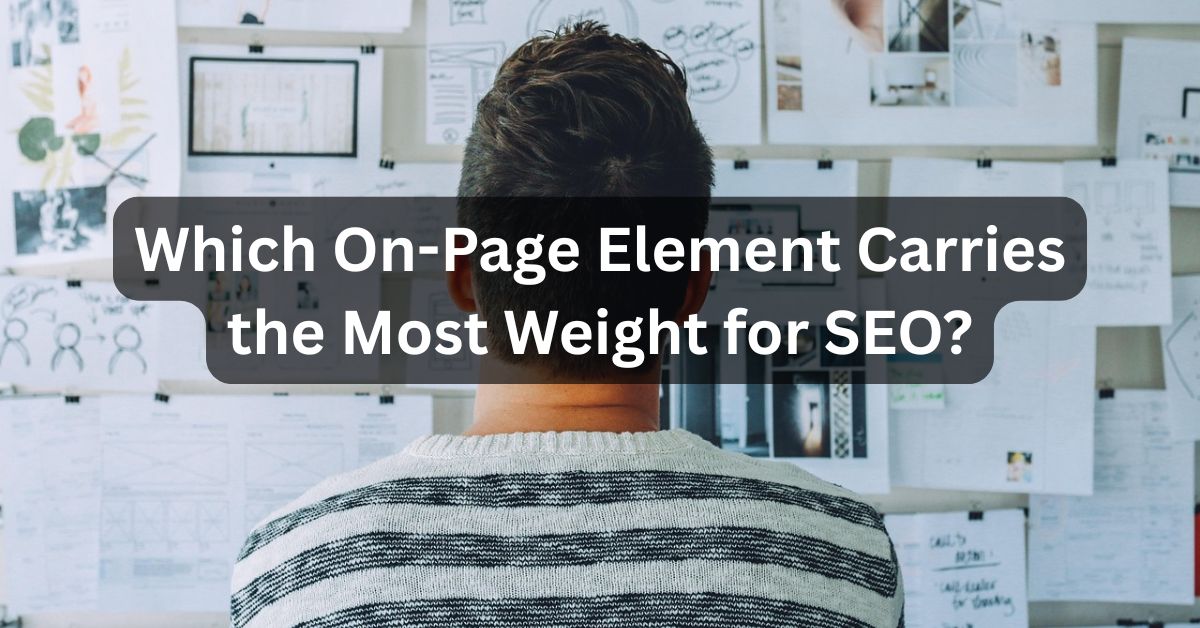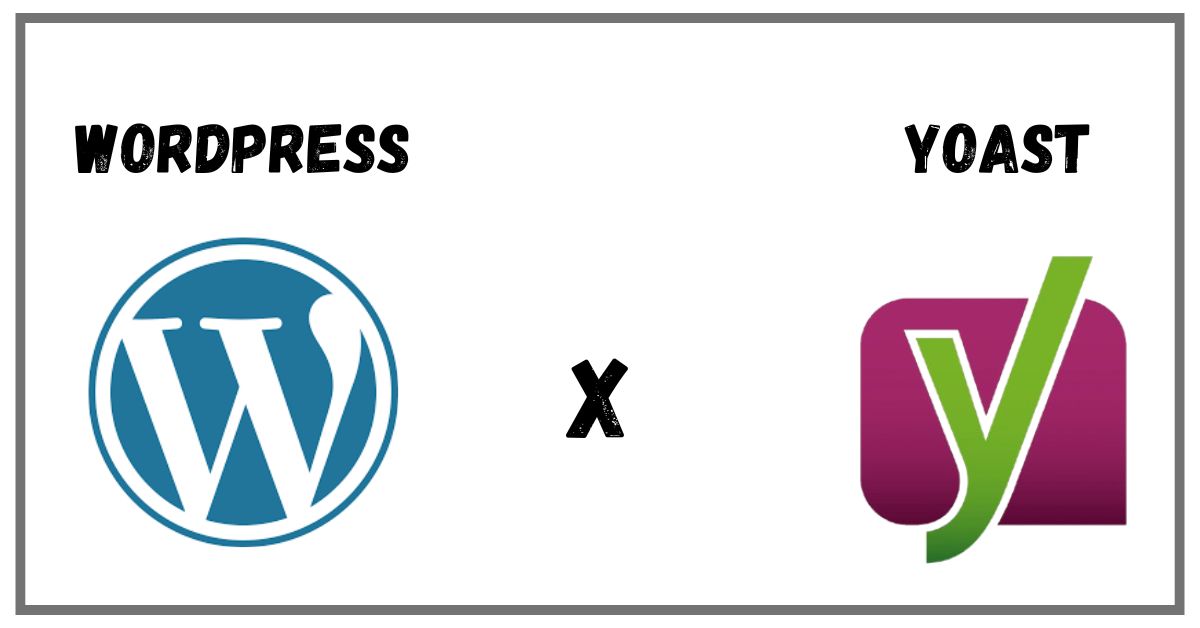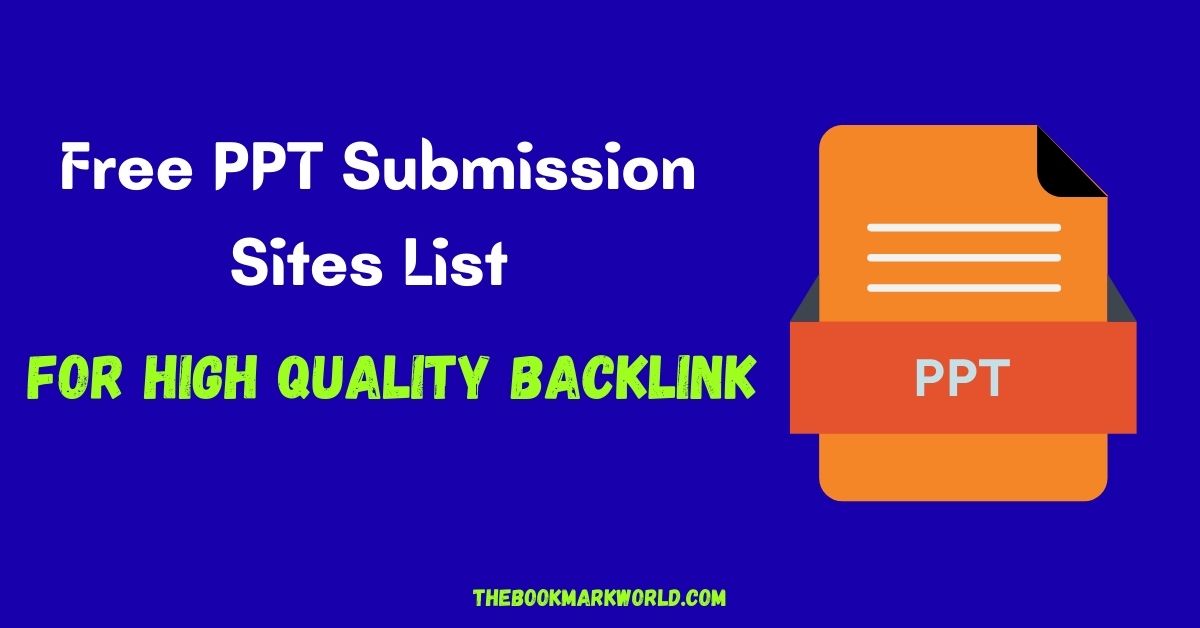Let’s cut the crap. If you’re Googling which on page element carries the most weight for SEO, you’re probably neck-deep in conflicting advice.
Some “guru” says it’s meta titles.
Another says it’s H1 tags.
Someone else throws schema markup at your face like it’s magic dust.
Here’s the truth: they’re all half right—and mostly useless without context.
There isn’t a single on-page element that will magically catapult your site to page one. But if I had to pick the heavyweight champ of on-page SEO—it’s your title tag.
Not your H1.
Not your image alt text.
Not your fancy structured data.
It’s that humble little blue link people click on in search results. And most of you are screwing it up.
1. Title Tag: The Underdog That Packs a Punch
You want to rank? Nail your title tag.
It’s the first thing Google reads. The first thing users see. And often the only thing they judge your page by. Yet most websites treat it like an afterthought.
They stuff keywords like a Thanksgiving turkey.
They make it bland, boring, and bloated.
Or worse—they don’t even write one, leaving it to CMS defaults.
Here’s my no-BS advice: write your title tag like it’s a damn headline on a New York Times front page. It should grab, promise, and deliver.
Real talk: If your title tag doesn’t make someone want to click, you’re wasting Google’s time and yours.
Oh—and yes, the title tag should include your main keyword, preferably near the start. But don’t butcher it just to force it in. SEO is about humans first, robots second.
2. H1 Tags: Not Dead, Just Overhyped
Next, let’s talk about H1s.
Some folks treat H1 tags like sacred scripture. “It MUST include the keyword. Only ONE per page. Align it with your title EXACTLY.” Blah blah blah.
Yes, H1s help—especially for semantic clarity. But in 2025, Google’s smarter than that. If your H1 is solid and reflects the core of the page, great. If you’re cramming keywords in like it’s 2009, stop.
A killer H1 should hook the reader, not just please the algorithm.
Make it clear. Make it relevant. But most importantly, make it human.
3. Content: Still King, But Not Without Context
“Content is king.” Yeah, I’ve heard that a million times. But here’s the twist: content without strategy is just noise.
It’s not just about writing 2,000 words and shoving your keyword 12 times. Google’s not that dumb. It knows when you’re padding, faking, or writing for bots.
Here’s what works:
Content that answers real questions.
Language that sounds like a human, not a keyword machine.
Strategic use of variations around your target keyword—yes, including “which on page element carries the most weight for SEO.”
And don’t sleep on internal linking. It’s not sexy, but it tells Google how your pages relate. That’s SEO gold.

4. Meta Descriptions: Still Worth the Effort
Look, meta descriptions aren’t a direct ranking factor. But if your meta makes someone click, guess what? That sends signals. Real ones.
And more clicks = better engagement = higher rankings.
(Yeah, Google’s watching.)
So why are you still using boring, autogenerated, cut-off descriptions?
Use it to sell the click. Convince the person. Make them curious, anxious, excited—whatever it takes.
5. Images, Alt Text & Schema: The Garnish, Not the Meal
Do they matter? Sure.
Are they “the most important on-page SEO element”? Hell no.
Alt text helps with accessibility and image search. Schema helps with rich snippets. But none of it saves you if your core content and title tag suck.
Use them to enhance your SEO, not carry it.
Real Talk: Stop Chasing Hacks. Build Strategy.
SEO isn’t a one-trick game. It’s a symphony—and every on-page element plays a role. But trying to find the one element that carries the most weight is like asking which tire on a car is most important.
Sure, the title tag is critical. But without killer content, strong headers, clean structure, and compelling UX, you’re just spinning your wheels.
The problem? Everyone’s looking for shortcuts.
Stop that.
Start thinking long-term. Think brand. Think user. Think trust.
SEO isn’t a cheat code. It’s a commitment.
So, What Should You Do Right Now?
Audit your title tags. Are they clear, compelling, and keyword-savvy?
Rewrite your H1s like you’re writing for a smart friend, not a search bot.
Fix your meta descriptions—make people want to click.
Look at your content—is it honest, helpful, and human?
Don’t chase trends. Build trust.
Final Word: Stop Overthinking. Start Acting.
Still wondering which on page element carries the most weight for SEO? It’s your damn title tag—plus everything else that earns a user’s trust once they click it.
Quit gaming the system. Start respecting the reader.
Want to grow your traffic? Then stop guessing and start optimizing like you mean it.
Punch the publish button. Track. Tweak. Repeat.
No fluff. No fear. Just SEO that works.
Need someone to rip apart your SEO and show you what’s working? Hit me up. I don’t sugarcoat—because rankings don’t lie.
Also read our guide on How to Do SEO for Your New Website.




